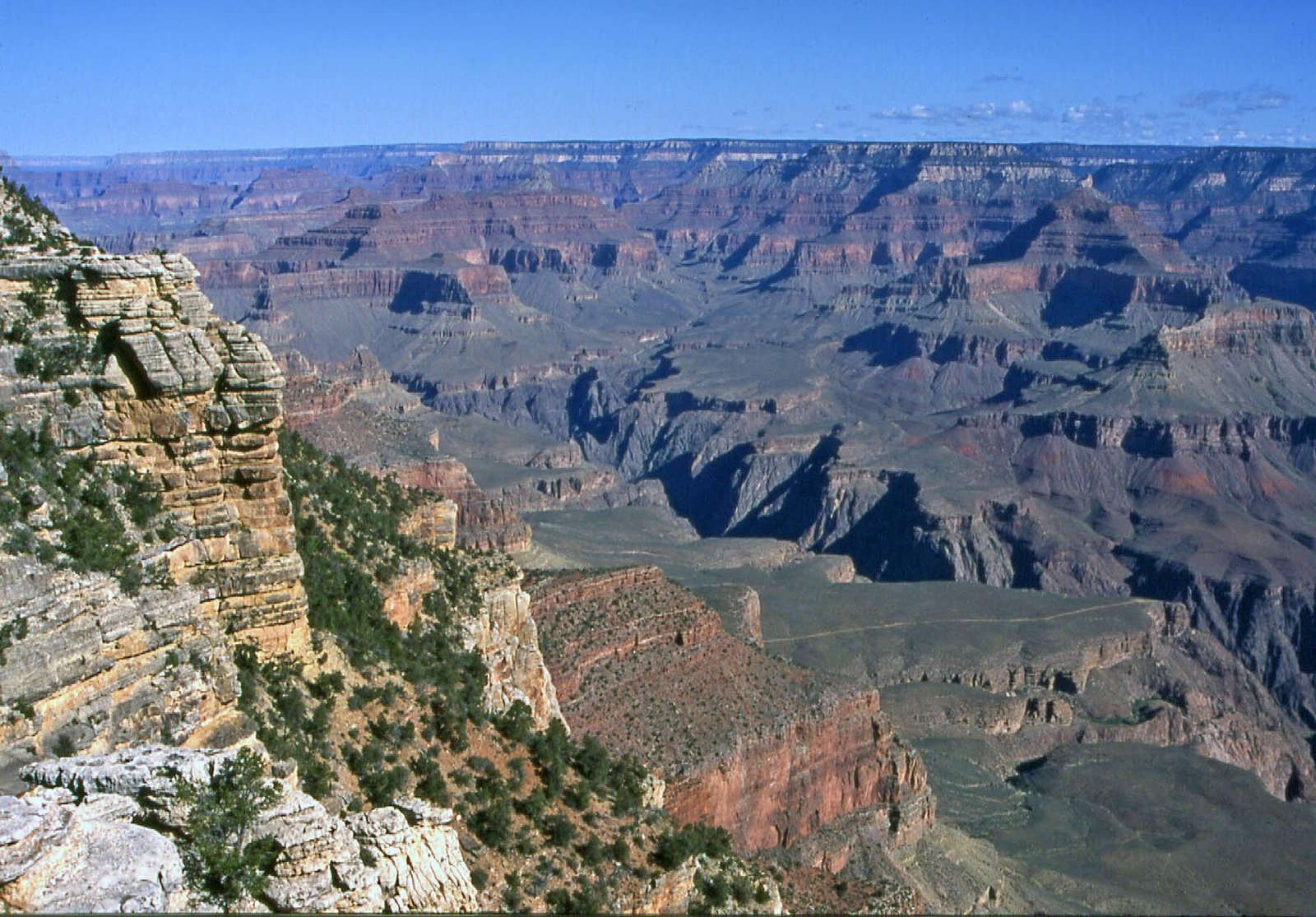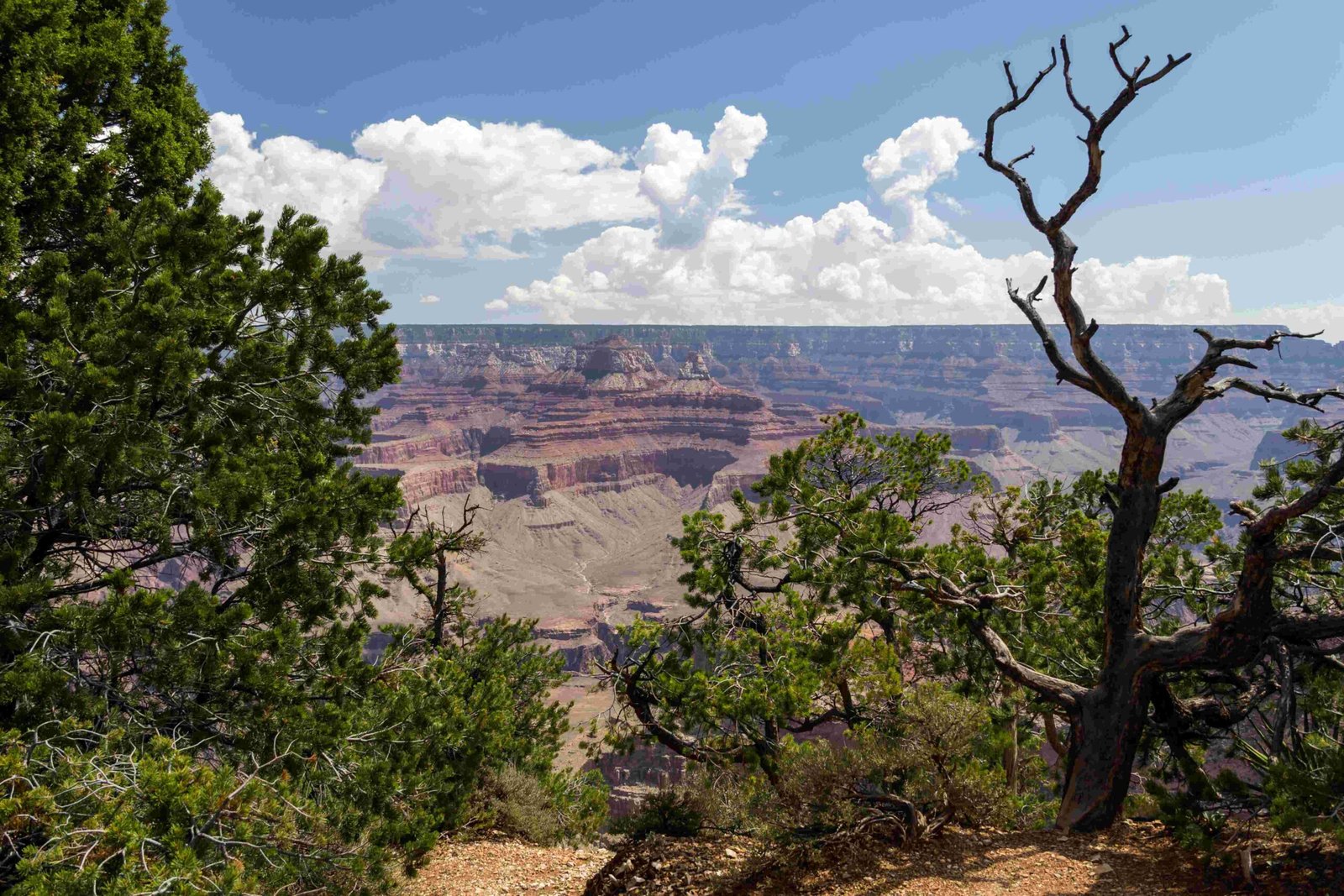The Grand Canyon’s geological narrative begins with the Vishnu Schist, a metamorphic rock formation that represents the earliest known extensively eroded rock layer. Formed approximately 1.8 billion years ago during the Paleoproterozoic era, this ancient rock unit underwent multiple erosion cycles, revealing a complex geological history that predates most rock formations in North America. Its unique composition of metamorphosed submarine sedimentary rocks provides geologists with critical insights into the continent’s tectonic evolution and erosional processes.
What Makes the Vishnu Schist the First Eroded Rock?

Origin and Fundamental Characteristics
The Vishnu Schist emerged as the primary eroded rock in the Grand Canyon due to several distinctive factors:
- Ancient Formation: Deposited around 1.8 to 1.75 billion years ago
- Metamorphic Composition: Includes quartz-mica schist, pelitic schist, and meta-arenites
- Tectonic Context: Part of volcanic island arcs welded to the North American continent
Erosion Mechanisms
| Erosion Phase | Time Period | Key Characteristics |
|---|---|---|
| Initial Uplift | 1.7 billion years ago | Yavapai orogeny tectonic event |
| Basement Exposure | 1.75-1.66 billion years ago | Rocks uplifted from 25 km depth |
| Continuous Transformation | 65.5 million years ago – Present | Cenozoic Era landscape shaping |
How Did the Vishnu Schist Experience Erosion?

Tectonic Transformation
The Vishnu Schist underwent significant geological processes:
- Submarine Sediment Accumulation: Original deposition in oceanic trenches
- Metamorphic Transformation: Subjected to intense heat and pressure
- Vertical Foliation Development: Creating distinctive rock characteristics
- Continental Welding: Integrated into North American continental structure
Geological Significance
The erosion of the Vishnu Schist represents more than a simple rock breakdown:
- Reveals continental collision histories
- Provides evidence of ancient mountain range formations
- Demonstrates complex tectonic interactions
Where Can Visitors Observe the Vishnu Schist?
Recommended Viewing Locations
- Phantom Ranch: Bottom of Grand Canyon
- Inner Gorge: Near Colorado River
- Bright Angel Trail: Accessible rock formations
Visitor Preparation Tips
Exploration Considerations
- Carry appropriate hiking equipment
- Understand extreme elevation changes
- Be prepared for challenging terrain
- Check weather conditions beforehand
Scientific Importance
Research Insights
The Vishnu Schist offers unprecedented geological information:
– Represents Earth’s early continental development
– Demonstrates long-term erosional processes
– Provides a window into prehistoric geological events
Preservation and Study
Ongoing Research
Geologists continue studying the Vishnu Schist to:
– Understand continental evolution
– Map tectonic plate movements
– Reconstruct prehistoric environmental conditions
Conclusion
The Vishnu Schist stands as the Grand Canyon’s oldest and most fundamentally eroded rock, offering a remarkable testament to geological transformation and Earth’s dynamic history.

